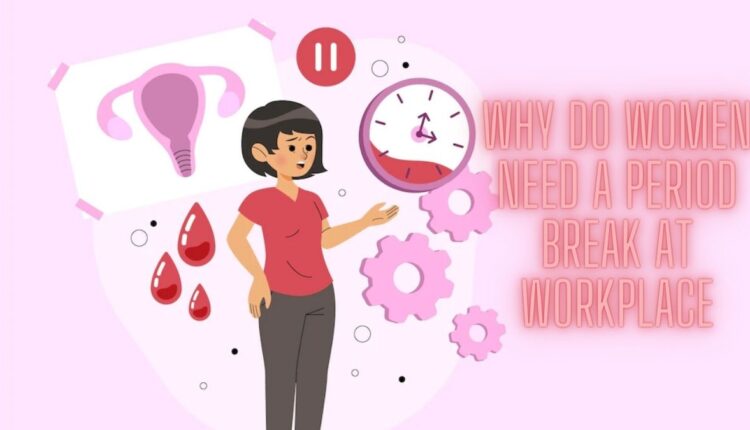Do you know that over the course of her lifetime, a woman menstruates for about 3000 days? Now, a period may just be a monthly habit for some women. But because of the excruciating menstruation pain, ladies go through hell during this time. And things get unpleasant when we still have to report to work in that condition. Menstrual leave comes to the rescue as a result.
Menstrual Leave: What Is It?
Paid period leave exists, just like paid maternity leave. Simply put, menstrual leave is the leave of absence that women request when they are having their period. There isn’t a better time to talk about the value of period leaves than during the month of May, which is dedicated to Women’s Health Week.
Menstrual leave is a common policy that allows women to take a day or two off work and rest at home while they are on their period. As a woman, I am aware that period pain is more severe than the typical amount of discomfort we experience. hence, it is worse.
Additionally, every woman experiences some form of physical discomfort during her menstrual cycle, even if there are no period cramps. Women already experience a lot of stress at work, and when that time of the month comes around, things only become worse. In fact, managing periods at work can be quite difficult.
As is common knowledge, 40% of workers are women. Of those, dysmenorrhea, or severe cramping, affects half of the women. Due to the repeated urges to puncture our abdomens, there is a continual level of distraction during the period.
Therefore, menstruation disrupts daily tasks and is so uncomfortable that it throws our life off course. Period breaks can be helpful in this circumstance, but it won’t be possible if we women are hindered professionally.
Additionally, when the attention is diverted at work, productivity plummets. Menstrual leave that is paid for is therefore essential for both employees and employers.
Periodical leaves, however, are not restricted to a set number of days. Depending on the requirements of female workers, they can range from 3 to 10 days. Additionally, employers ought to let female workers use this leave whenever it is convenient for them.
However, the topic of paid time leave has generated a lot of discussions. Many people think it’s a method to empower women while addressing the presenteeism problem. However, there are also many who consider it to be very retrograde and claim that it undercuts gender equality.
Despite their claim that women are strong, they claim that this policy treats them differently and is physically weaker, which leads to discrimination. I’ll also add that the idea as a whole warrants criticism.
Critics of the regulation frequently ask: Why can’t businesses merely provide female employees the freedom to take a personal absence specified under the organization’s approved reasons?
Support Independent Journalism? Keep us live.
This calls for some confidence on the part of the employers as well. Companies that value diversity in the workplace strive to keep the workplace gendered fairly. Additionally, if a woman is granted 10 days of unpaid absence for her period, her employer must have confidence that she will utilize those days properly.
Benefits and Drawbacks of Menstrual Leave
Benefits:
A well-planned period break can enhance the well-being of all working women. especially those who experience a difficult time during those days.
A 2019 study published in Health Care for Women International found that 42% of US adults support a policy allowing for menstruation leave. However, the other half expressed concern that period leave would have a negative impact on society.
Menstrual leaves not only provide relief for female workers but also aid in eradicating the shame connected with having a period in society. It makes periods seem regular and integrates them into common speech.
In addition to monthly periods, women also experience heavy, painful, and irregular periods due to chronic reproductive disorders. Staying at home is vital in this circumstance.
Menstruation would be a common topic if paid menstrual leaves were available. This time off would serve as a reminder that having your period is normal and nothing to be ashamed of.
Drawbacks:
First, people frequently worry that workplace discrimination will result from temporary leaves.
There may be a misconception that women are less effective and productive workers. Furthermore, this can frequently inspire her peers to tamper with performance evaluations and promotions.
Additionally, many accusations that female employees are abusing and abusing the period leaves may surface. Simply said, chaos results.
A menstrual leave, in my opinion, can be effective if executed properly; if not, it will just result in needless prejudice and misunderstanding at work.


Comments are closed.